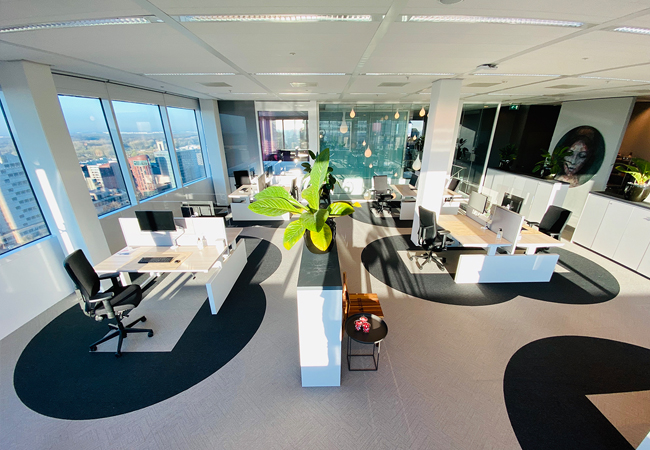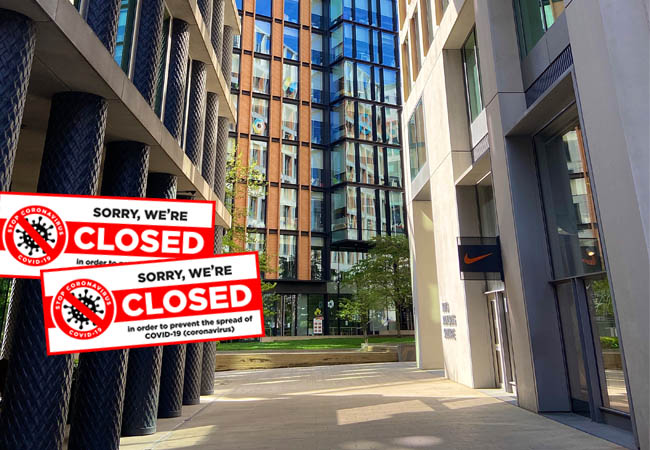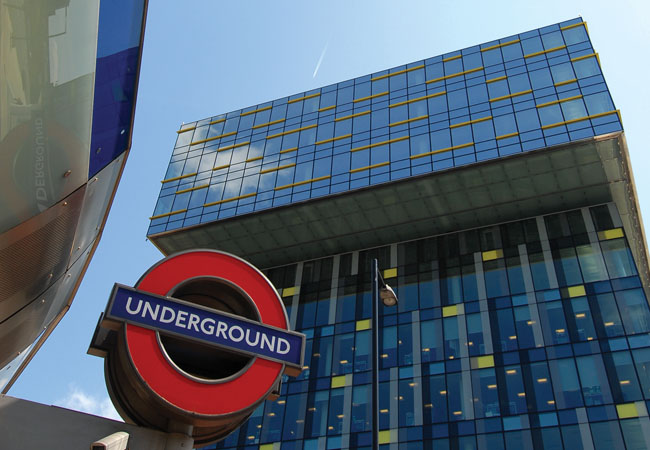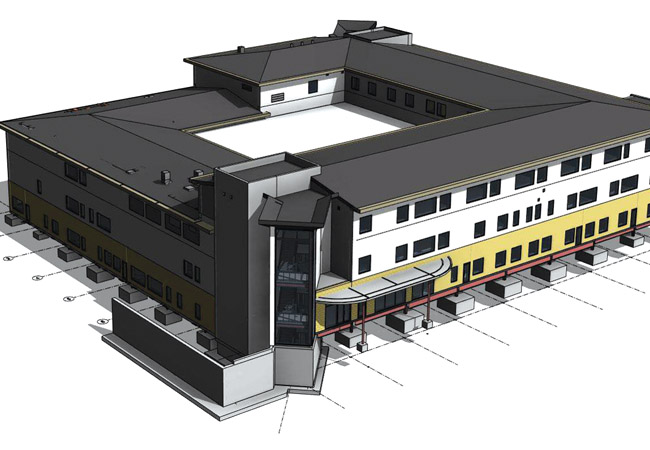
Credit: Stock.com – Alvarez
In the UK, there is little legislation to protect the public from indoor exposure to air pollution, despite the existence of legal limits relating to outdoor exposure to air pollution and occupational exposure.
The Institute of Air Quality Management (IAQM) has published new guidance on indoor air quality (IAQ) to fill some of these gaps in legislation and guidance. CIBSE has endorsed the final publication and its members contributed to the writing of the guidance. The IAQM was keen to involve and have the endorsement of CIBSE, given the integral role that ventilation plays in IAQ.
The document provides guidance on assessment, monitoring, modelling and mitigation of IAQ, and is set out in sections relating to typical project stages.
The assessment approach requires input from all those involved in the design, construction or operation of a building
Assessment criteria are summarised and a new assessment approach is proposed, and there is also context for the guidance and a reflection on why IAQ is important.
The summarised assessment criteria are based on a review of existing air quality standards in legislation and guidance, and a consideration of the likely length of exposure for the people being considered.
The assessment approach requires input from all those involved in the design, construction or operation of a building, and the method can be applied to proposed, new or existing buildings.
The four stages of assessment
The proposed assessment method involves the following stages:
- Stage 1 – Scoping study. To review all available information, identify pollutants of concern and possible receptors, and determine whether a more detailed assessment is required.
- Stage 2 – Assessment. This stage can be a simpler approach, by which the likely risk of exposure and potential magnitude of harm is identified, or a more detailed approach, which may involve monitoring and/or modelling.
- Stage 3 – Consideration of mitigation and improvement opportunities.
- Stage 4 – Reporting.
It is considered that an IAQ assessment will be needed for any building where there are internal sources of pollution, or where there is ingress of ambient (outdoor) pollutants, and where there are people in the building who could be exposed to those air pollutants. In some cases, assessment may be required for non-human receptors, such as in a data centre.
Elements to consider during an assessment include pollutant sources, building activities (equipment and cleaning, and so on) and the building design.
Aspects of the building design that can have an effect on IAQ include: the materials used; room volume; the ventilation strategy (including, for mechanical ventilation, the hours of operation, recirculation, and air change rate); effectiveness of air distribution and airflow; the capacity of a room; and the heating/cooling strategy of the building.
Air quality input should be provided at every RIBA stage, and an example of how air quality can input into a project at different RIBA stages is outlined.
Detailed chapters on monitoring, modelling and mitigation/improvement opportunities are provided, and there are a number of detailed case studies to offer examples and add context (see case study, ‘Office HQ indoor air quality’).
The mitigation strategy outlined in the guidance focuses on a hierarchy of measures for removing and reducing sources of air pollutants, and protecting receptors as much as possible from the outset.
The guidance can help to inform professionals in all areas of the construction industry and open dialogue on the topic of IAQ. Greater understanding and early collaboration will be key to improving IAQ for the future.
Office HQ indoor air quality
The environmental quality of a second-floor central London office was assessed after complaints of ‘stuffiness’ in both the summer and winter. The office had been occupied for several years, with the initial fit-out and commissioning conducted in 2007. There was found to be a general perceived negative impact on productivity because of the environmental conditions, as well as reported negative health effects and a sense that the design of the workplace did not make the employees feel valued.
Quantitative environmental monitoring of representative office areas was conducted over a one-month period, using space utilisation and indoor environmental quality (IEQ) sensors measuring total volatile organic compounds (TVOCs), CO2, temperature, humidity and PM2.5 concentrations in 10 zones numbered 2.01 to 2.10. These data were used in conjunction with qualitative data from Building User Surveys (BUS) to understand the performance of the space.
Following the IEQ monitoring, an initial desktop study of the existing ventilation systems indicate that – based on the occupancy density – there was insufficient ventilation to meet the British Council for Offices recommended supply rate of 12L-s-1 per person, which affected the northern side of the office because of its higher occupancy density.
Most spaces did not meet the Building Regulation minimum standard air supply rate – the higher rate of 10L-s-1 per person or 1Ls-1-m-2 (floor area); current good practice performance for a new modern office building would typically achieve 14-16L-s-1. This underperformance was confirmed by the IEQ and BUS data. The clearest indication was from the recorded concentrations of CO2, which significantly exceeded the good-practice threshold of 1,000ppm, peaking a more than 1,600ppm.
Another reason for the reported ‘stuffiness’ of the office areas was low relative humidity (RH). Good-practice RH is between 40% and 60%, whereas the IEQ sensors measured RH below this range for 60% of the time, and below 30% RH for 25% of the time. These low RHs were unusual for the time of year and warranted further investigation. Beyond drying out skin, eyes and nose, low humidity increases the rate of transmission of viruses, such as influenza, and may have a direct impact on absenteeism. Recent studies have shown that there low RHs can also affect occupant wellbeing and productivity.
TVOCs were observed to be high in areas with high CO2 concentrations. They are often brought into the space by users and, as such, are a function of occupancy and the amount of fresh air delivered to the space. Increased ventilation (or reduced occupancy) in these areas will bring concentrations down. A number of zones indicated spikes in VOCs, and a steady increase over the weekend when occupancy was significantly reduced. This was probably because of VOCs being emitted in the office from cleaning activities.
PM2.5 measurements were found to be very low across all sensors, with very slight increases in a couple of meeting rooms. This was expected, as external (ambient) concentrations were relatively low, and the bag filters installed on the ventilation system should remove most of the particulate matter from the supply air when concentrations are elevated outside.
At the end of the investigation, it was recommended that a detailed review of the ventilation system be commissioned, to understand whether more ventilation could be supplies to the floor via the existing air handling units, or how additional local ventilation units could be incorporated to supplement the existing supplies. It was also recommended to increase humidity by introducing humidification to the mechanical plant and/or introducing a significant number of plants (greenery) into the office space.
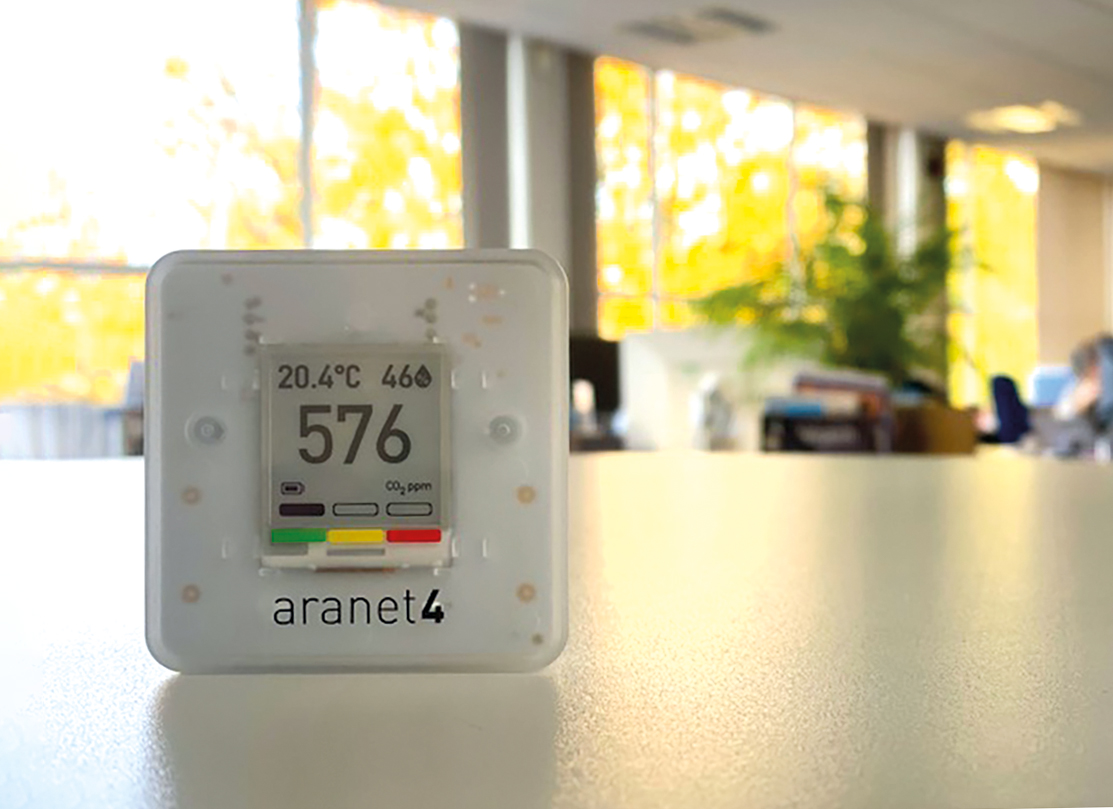
About the authors:
Emma Gibbons is a PhD student at UCL, and a member of the CIBSE Air Quality working group
Chris Rush is air quality group lead at Hoare Lea, and a member of the CIBSE Air Quality working group



